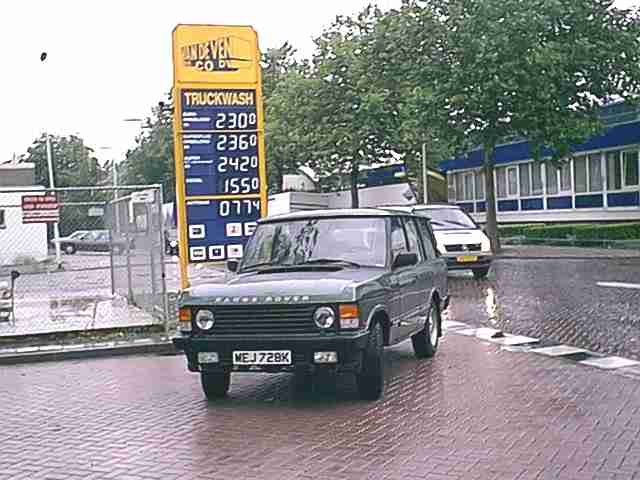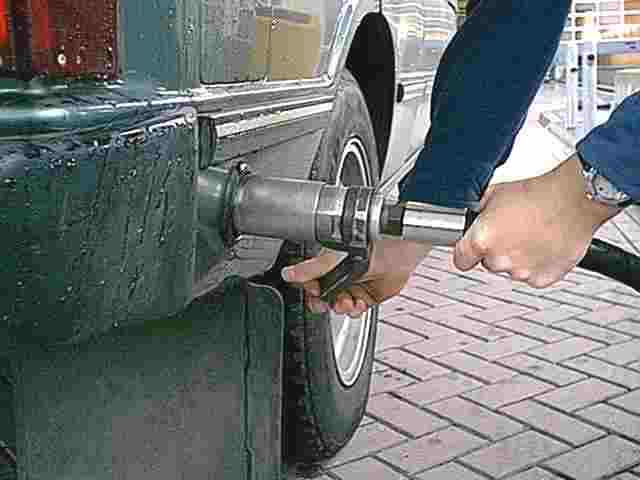The power of LPG
QUALITY OF LPG
ARE THERE DIFFERENCES IN THE QUALITY OF LPG?
LPG is an economical substitute for petrol and stands for Liquefied Petroleum Gas.
In most European countries the oil companies usually supply high quality LPG.
There are 4 major differences in LPG that can effect the performance and mileage:
All our LPG systems are designed to run on LPG that matches the HD-5 quality standard.
The LPG is available in different mixtures, from pure propane upto a mixture of 70% butane and 30% propane.
When you fill the tank of your car you will not only get the liquefied propane / butane but also some heavy ends.
3 Solvent
4 Combustion differences
LPG must combust like petrol. The percentage of oxygen regarding to the amount of Co
in the exhaust gases has to be the same as on petrol.
Testing of the LPG quality can be done in a simple way:
If the needle position is the same, the engine will not run too lean, the engine might run rich.
You can test it with a Co-tester pre-cat. If the Co is over 1%, the quality of the LPG is probably higher.
By re-adjusting the main flow adjuster you can profit by the higher quality of the LPG.
More information is in our LPG Book .
This does not mean the LPG you get from the filling station is always the same.
1 Type of gas(es)
2 Amount of heavy ends
3 Solvent
4 Combustion differences
This quality, which is also recommended by the AAMA (American Automobile Manufacturers Association),
will give the best mileage and performance.
If the LPG matches the lower HD-10 standard the engine will probably work OK,
but a lower quality LPG is not suitable to be used in conjunction with your LPG systems.
 1 Type of gas(es)
1 Type of gas(es)
The 70% butane and 30% propane mixture gives the highest performance and mileage.
This mixture gives less tank pressure than pure propane and therefore can't be used in winter.
The oil companies adapt the mixture to the time of year.
In some countries the LPG is all over the year pure propane.
The propane will give less mileage than the butane.
 2 Amount of heavy ends.
2 Amount of heavy ends.
The heavy ends are oil based fluids. These heavy ends are normally harmless and will grease your vaporiser.
Only when the amount of heavy ends comes above a certain level they build up in the vaporiser.
The result will be that the membranes can't operate proper and the engine might run lean.
The problem can be solved by draining out the heavy ends or cleaning the vaperiser internal.
 Sometimes there are (accidentally) aggressive solvents in batches of LPG.
Sometimes there are (accidentally) aggressive solvents in batches of LPG.
These solvents are capable of destroying the membranes and valves in the vaporiser.
Some of the solvents are so aggressive they will decompose the membranes in a few weeks.
If you had a fill with aggressive solvents contact your LPG supplier and show him the membranes.
Your LPG supplier must contact the oil company and inform him about the problem.
The oil companies usually pay the costs of the membranes and the labour.
If this is not the case a lambda controlled LPG system might run very rich or very lean.
A rich mixture will result in a higher fuel consumption.
A lean mixture will result in a drop in power and a very high fuel consumption and might even damage your engine.
1- calculate the mileage you get from different batches (suppliers) of LPG.
2- install a vacuum gauge and look for the vacuum at a certain constant speed on a certain road.
It is also possible with an EFI engine by switching between LPG and petrol and comparing the needle position
of the vacuum gauge.
If the vacuum rises the LPG is probably of a higher quality,
if the vacuum drops the LPG is probably of a lower quality.